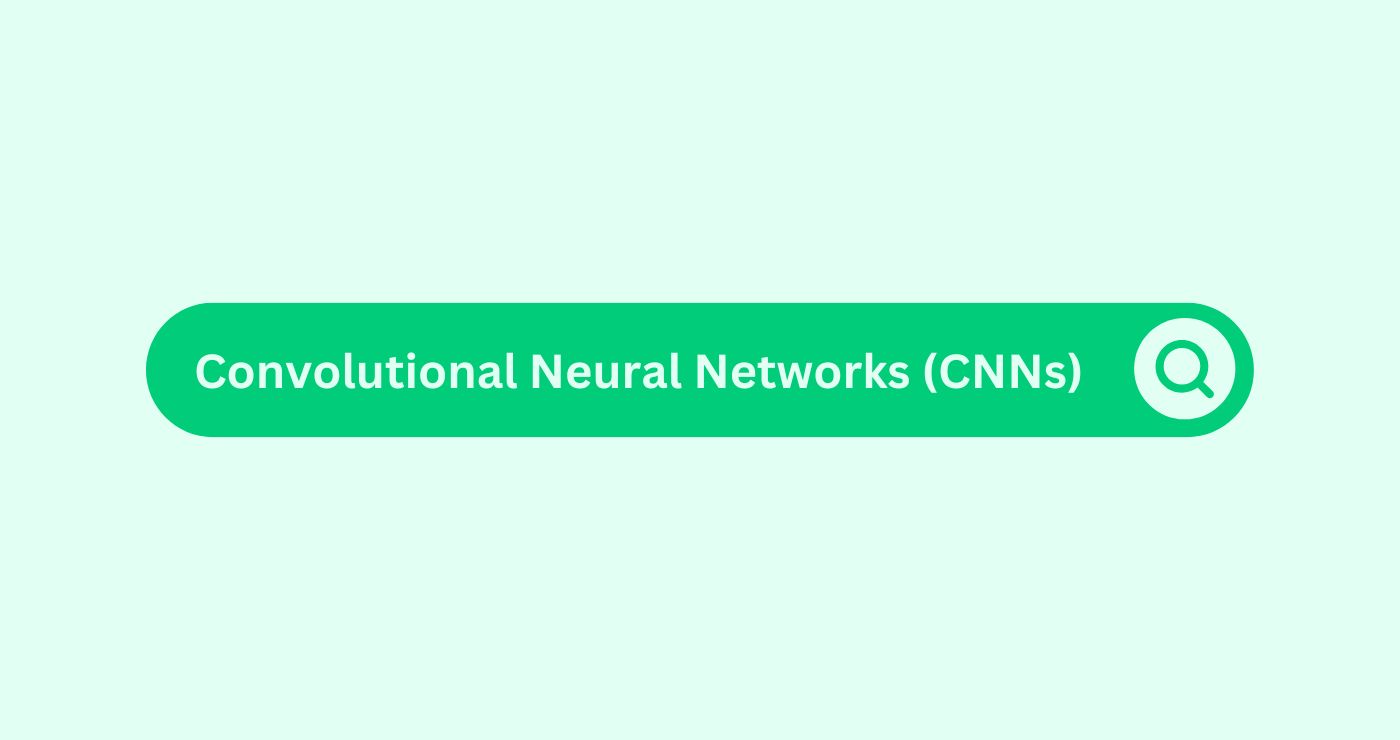Definition
Convolutional Neural NetworksDefinition Neural networks take their cue from the human bra... (CNNs) in AI Terms in Content MarketingDefinition Content marketing strategically creates and share... are deep learningDefinition Deep Learning in AI terms refers to a subset of m... models designed to analyse and process visual data. Originally developed for image recognitionDefinition Image recognition, in the context of content mark..., CNNs are now widely used in content marketingDefinition Content marketing strategically creates and share... to automate tasks like visual tagging, image classification, sentimentDefinition Sentiment in the SEO space refers to the emotiona... recognition in videos, and thumbnail generation.
A performance marketing agency might use CNNs to analyse which product images convert better across demographicsDefinition Email demographics provide statistical data on su.... A SEO company can deploy CNN-based tools to optimise images with auto-generated alt-text, enhancing accessibilityDefinition Accessibility refers to the design and developmen... and image search rankings. A digital marketing Auckland team could rely on CNNs to identify brand-relevant user-generated content on social mediaWhat is Social Media? Social media refers to online platform... by scanning image content rather than relying on hashtags.
CNNs improve both speed and accuracy in visual contentDefinition Visual content refers to any content that incorpo... workflows, turning thousands of images or video frames into organised, actionable assets for marketing teams.
Example
Imagine a SEO company managing a visual-heavy e-commerce site. CNN-based AI tools scan hundreds of product photos to identify patterns—such as lighting, composition, and subject clarity—that correlate with higher user engagementDefinition Engagement in content marketing refers to the deg....
The system automatically suggests which photos to prioritise on the homepage and flags underperforming visuals. It even generates optimised thumbnailsDefinition Thumbnails are small, reduced-size versions of im... for social sharing, customised for each platform. Within four weeks, bounce rateDefinition Bounce Rate in social media marketing refers to t... drops by 21%, and the image-based organic trafficDefinition In the context of SEO (Search Engine Optimisation... increases by 37%.
CNNs deliver this edge by learning to “see” content the way users and algorithms do—helping brands stand out visually.
Formulas & MetricsWhat are Metrics in the context of SEO? Metrics in SEO refer...
Here’s how marketing teams measure CNN effectiveness using interpretable metricsWhat are Metrics in the context of SEO? Metrics in SEO refer...:
| Metric | Formula / Definition | Example |
|---|---|---|
| Feature Map Output | Matrix of extracted image features post-convolution | e.g. 64 x 64 matrix after 1st layer |
| Accuracy Rate (%) | (Correct predictions / Total samples) × 100 | (920 / 1000) × 100 = 92% |
| F1 Score | 2 × (Precision × Recall) / (Precision + Recall) | 0.88 |
| Image Tagging Speed | Images tagged per second | 42 images/sec |
| Visual EngagementDefinition Engagement in content marketing refers to the deg... Uplift (%) | (New visual CTR – Old CTR) / Old × 100 | (3.9 – 2.8) / 2.8 × 100 = 39.3% |
These help digital marketing Auckland teams validate how well CNNs improve image analysis, content automation, and campaignDefinition An SEO campaign involves focused, Organised effor... visuals.
5 Key Takeaways
- CNNs analyse visual contentDefinition Visual content refers to any content that incorpo..., enabling faster, more precise image tagging, curationDefinition Curation in the SEO space refers to the process o..., and optimisation.
- They help marketers detect patterns in visual data that influence engagementDefinition Engagement in content marketing refers to the deg... and conversionDefinition In the realm of SEO, Conversion refers to the pro....
- Performance marketing agencies use CNNs for dynamic ad creatives and A/B testingDefinition A/B Testing, or split testing, compares webpage v... of visuals.
- SEO companies apply CNNs for visual SEO, auto-generated alt-tags, and image metadata enrichment.
- CNNs transform time-consuming visual workflows into automated, high-performance pipelines.
FAQs
Are CNNs only for image recognition?
Not anymore. CNNs now support video frame analysis, visual search, and even brand sentimentDefinition Sentiment in the SEO space refers to the emotiona... detection in visual media.
Can CNNs enhance image SEO?
Yes. They auto-generate alt-tags, classify images by context, and help improve SERP visibility.
How do CNNs improve marketing automation?
They automate repetitive visual tasks—like resizing, cropping, tagging—freeing teams to focus on strategy.
Are CNNs hard to implement for marketers?
Many no-code tools now integrate CNNs behind the scenes, so marketers benefit without needing data scienceDefinition Data Science is the strategic blend of statistics... skills.
What platforms use CNNs in content tools?
Tools like Canva Pro, Adobe Sensei, Google Cloud Vision, and Lumen5 apply CNN-based intelligence in marketing workflows.




